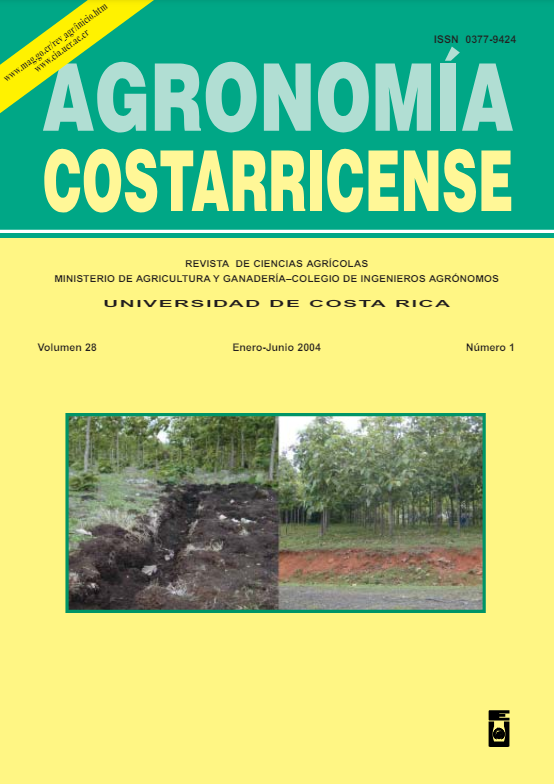Abstract
Knowledge of the physical properties of agricultural and biotic soils provides information for management of agricultural equipment, compaction processes, and conventional and conservation tillage. As the soil moisture increases it produces diverse stages of the soil; the interaction among adjacent particles decreases, and its behavior approximates that of a liquid. The beginning of compaction sensibility appears to be the plastic limit of the soil under a well-defined compaction energy. The general objective of this study consists of characterizing, systematically, with possible engineering implications, the agricultural savanna soils of the state of Monagas, Venezuela. The specific objectives consisted in determining: a- the Atterberg limits; and b- the index of plasticity and friability. Methodologically, the procedures of the Soil Mechanics laboratory used were: ASTM D427-61 for the shrinkage limit, ASTM D424-59 for the plastic limit, and ASTM 423-66 for the liquid limit, of a savanna soil, from random samples at depths of 0-15, 15-30, 30-45 and 45-60 cm. Regression analysis was used to interpret the proportion of the variance among parameters. Results showed: contraction limit 4,22-5,20%, plastic limit 12,92-14,04%, liquid limit 16,94 19,43%, index of plasticity 3,59-5,78%, and index of friability 8,63-8,84%. It is concluded that values agree with the bibliography and their range of agricultural use falls in between of 8% and 15% for the soil under study.
Comments

This work is licensed under a Creative Commons Attribution-NonCommercial-NoDerivatives 4.0 International License.
Copyright (c) 2024 Agronomía Costarricense


